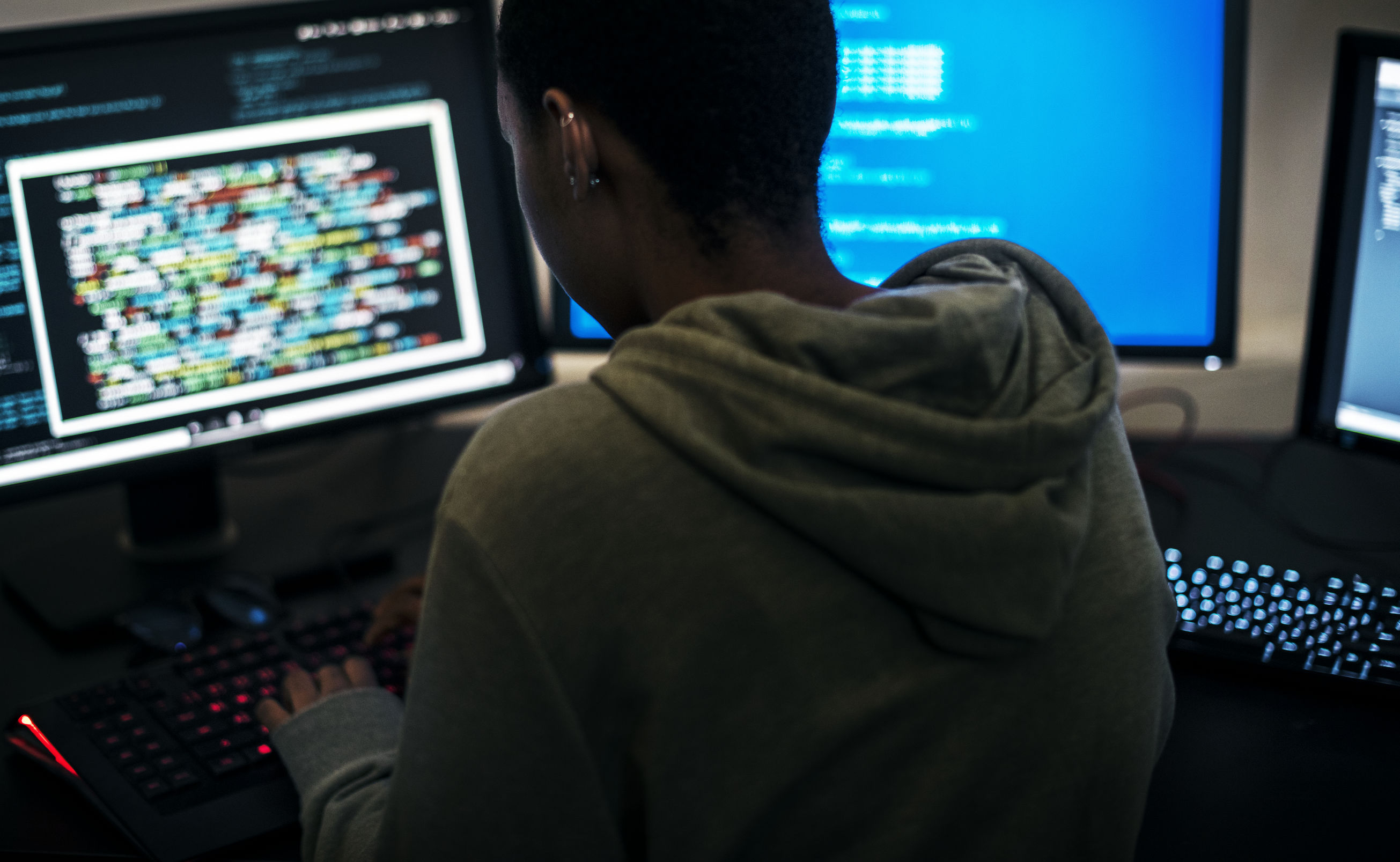HRM Five: How to make your IT team smarter

With the wave of digital transformation showing no signs of slowing down and new digital initiatives getting increasingly complex, the demands on IT teams to up their game in developing new skills have never been greater.
In fact, many IT professionals – even the experienced ones – are finding it a challenge to keep up with the relentless speed of digitalisation, particularly in new technologies.
This concern is echoed in SolarWinds’ IT Trends Report 2019, which revealed 71% of tech pros feel ill-equipped to manage new technologies like artificial intelligence (AI), machine and deep learning, and big data analytics with their current skillsets.
So how can businesses help their IT teams learn new skillsets to keep pace with the speed of digitalisation in 2020?
1) Upskilling in the digital age
More budget and resources can be invested in training courses to equip IT staff in new technologies such as AI. This will help them to be more confident and prepared to handle new digital initiatives that come their way. The courses will also increase their value in the company and make them more assured that the company is committed in developing their skills and careers.
2) Training takes time
Be prepared to invest not just money and resources, but also time into training your IT staff. Training is going to take time off their already busy day-to-day work. So if you want to build a more equipped IT team, be willing to adjust their working schedules and even lightening their workload in order or hiring more staff to allow them more time for trainings.
3) Don’t fall victim to cyberattacks
With the rise of digitalisation comes the threat of cyber attacks. It’s important to train your staff in new technologies and skills, but it’s equally as important to safeguard your digital assets. But what’s ironic is that most of the threats come from within, with 65% of cybersecurity accidents caused by internal users making mistakes such as poor password management. So companies can provide training programmes to educate employees on how to safeguard digital assets and cultivate cyberhygiene practices like performing regular software and system updates. Instructive cyberhygiene policies should also be available to guide employees on proper protocols to adopt in the event of cyberattacks.
4) Collaboration is key to success
One of the inevitable parts of digitalisation is automation. And as companies look to automate work processes to increase productivity, it’s important to know that automation and the human factor are not mutually exclusive. In fact, automation should serve to compliment your employees as you can never replace the creativity and skills of people. Moreover, systems are only as smart as the people who train them.
5) Choose tools with self-help
Use tools with strong user communities (like THWACK) or self-learning portals like Cisco DevNet, for repositories of networking and development resources. And others like Microsoft Learn, make available a wealth of information on cloud computing and the Azure ecosystem.
These resources are freely available online, allowing IT pros easy access to what they need to augment their current knowledge. The right choice of tools, coupled with more time to explore functionality and use cases, allows them to do so in the most effective way—on their own terms.



